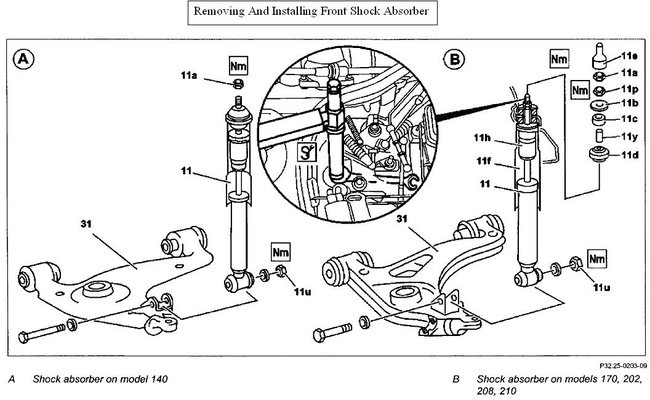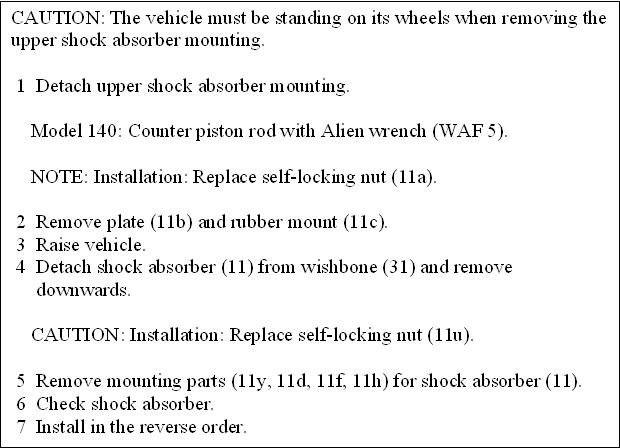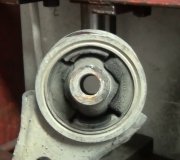The first thing to remember is a vibration has to be caused by something that is rotating. As proof, the vibration goes away when the movement stops. Of all the parts you listed, only the brake rotors can cause a vibration. If a chunk of metal is rusted away, you'll feel that in the brake pedal more than anything else. To cause a thumping similar to an out-of-balance tire, rotors are too small in diameter to cause a noticeable vibration.
There are a lot of other parts that can not cause a vibration, but they can 'allow' a vibration to occur that has already been caused by a rotating part. That includes control arm bushings, ball joints,and tie rod ends. Anti-sway bar bushings and links are not involved.
The next thing to consider is what could be changing for it to take some time for the vibration to occur. Worn parts are always there, regardless if you've been driving five minutes or five hours. They're going to cause or allow the vibration to occur all the time.
Given your observation the vibration always comes back in roughly the same number of miles, it's a safe bet it's also the same amount of time. Time is the most influential variable in a change in temperature, which suggests we need to look for something that is getting warm or hot. Rubber bushings and tire sidewalls are good examples. Constant flexing generates heat, and that heat softens rubber parts reducing their damping characteristics. The clue here is typically you could expect the vibration to take longer to show up on colder days.
Finally, by far your most valuable observation is the vibration only occurs at a specific road speed. That means whatever is vibrating has hit its "resonant frequency". Think of the free-swinging pendulum in a grandfather's clock. It's swinging at its natural, or resonant frequency. A wound-up spring has to do extremely little work to keep it swinging at that rate. You would have to exert significant energy to make it swing faster or slower.
At 50 mph, you're at the resonant frequency of whatever is causing the vibration, and just by coincidence, that is the most common range for tires and wheels to want to bounce. It just takes any tiny bump in the road to start that bouncing, then, the friction from road forces on the tire's tread adds energy, and just like the spring in the clock, the movement down the road keeps the energy coming that increases the bouncing until it's bad enough that you can feel it. The important clue here is that tire bouncing does not occur right away. Something has to warm up first. After five miles, the tires' sidewalls have been flexing and warming up, but that means they're better able to absorb road bumps, and less susceptible to reacting to them. The vibration would be reduced the longer you drive. An out-of-balance tire / wheel assembly would have shown up on the tire balancer. Debris caught between the hub, rotor, or wheel would cause a wheel wobble all the time. You'd also see and feel that in the steering wheel.
Given all of these variables and clues to finding them, there's still just one part that fits the bill. That's the shock absorbers. On the majority of smaller cars and now on light trucks, their counterpart would be the struts. A strut is just a shock absorber built into a structural part of the suspension system but it performs the same function.
The clock pendulum has its natural frequency it wants to swing at, but you could slow it down by adding resistance, or friction, to its pivot point. Think of rust or dirt build-up over time. Similarly, a tire / wheel has its natural frequency it wants to bounce at. In this case we want to prevent that, so we add a shock absorber. All that is is a linkage that changes length as the suspension moves up and down in response to road conditions. The moving part of the linkage is moving a piston that is being forced to move through a thick oil. The oil provides the damping action because it is difficult for it to flow. There's two valves in the piston that allow the oil a place to sneak through. One of them is very small so it takes a lot of force or a lot of time to allow the movement to occur. That applies to extending and is used to reduce the likelihood of a tire dropping down into a pothole as it sails over it. A larger valve is used when retracting which is when the tire moves up. That allows it to move easily rather than push the corner of the car up when the tire hits a bump.
Most new shock absorbers today are gas-charged, but if you can find one that is not, you'll see you can push it together very easily to fit in the box, but it takes a real lot of effort to pull it extended. As you're driving, the constant movement of the piston through the oil causes the oil to heat up. That makes it thinner and easier to squeeze through the valves. To say that a different way, that shock absorber has lost its damping ability and while it does not cause a vibration, it will allow a naturally-occurring tire vibration to occur and build up until you feel it.
I had a minivan that had this problem, but it took almost 180 miles to show up. I just lived with it since that only happened a few times per year. For one of my customers, that took about 50 miles to show up, which is why others had a hard time finding the cause.
The last clue is the mileage you listed. Add that to all the other symptoms and observations, I'd start with a pair of new front shock absorbers. They've reached the end of their expected life even if you aren't trying to solve a specific symptom.
It's almost certain your new shock aborbers will be gas-charged. The pressurized gas is there to prevent the oil from forming from being sloshed around. Those air bubbles also lead to loss of damping action, but they do work their way out when sitting overnight. These will have a strap holding them collapsed while they're in the box. They'll self-extend when the strap is cut which is why a lot of people incorrectly believe shock absorbers hold up the corner of the car. That corner likely weighs over 1,000 pounds, yet you can still collapse that shock absorber by hand.
Here's a video that shows the replacement procedure for newer models, but this should be very similar to your model year:
https://youtu.be/tXnyEEFlFnA
One word of warning if you replace these yourself. Leave the lower mounting bolt loose until the car is lowered down onto the tires, then tighten that bolt. If you tighten it while the car is raised up and the suspension is hanging down, the bushing will be clamped in that orientation. When the car is at normal ride height, the bushing will be clamped in a permanent twist. That will greatly reduce its life expectancy.
Images (Click to make bigger)
Friday, February 25th, 2022 AT 4:15 PM





